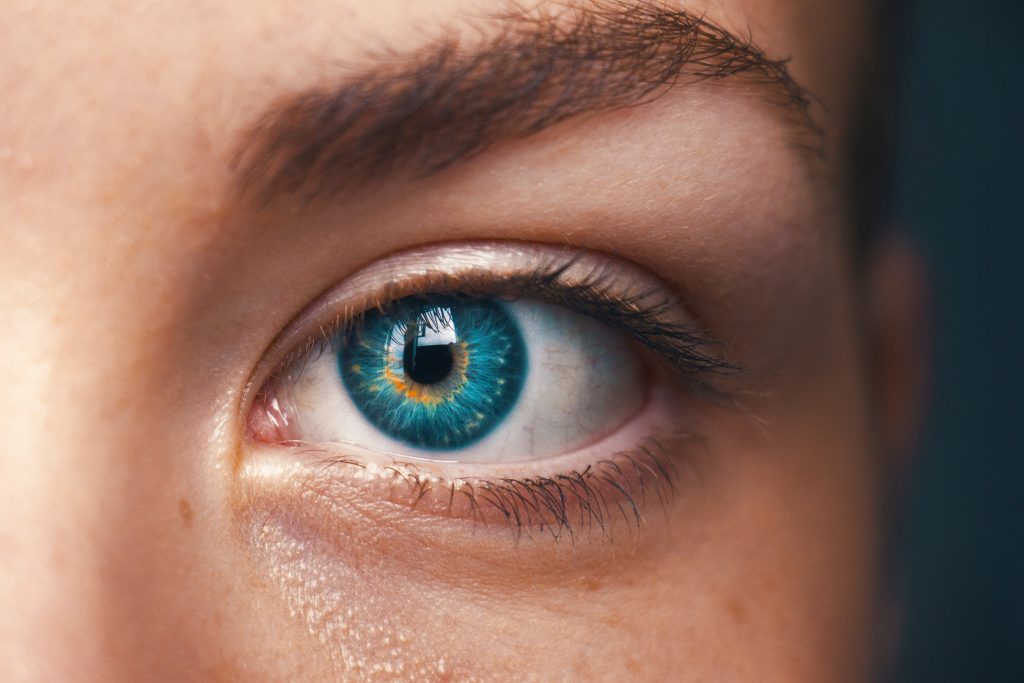
Without prior training in ophthalmology, it can be difficult to tell the differences between one refractive procedure from another. Terminology always seems to change depending on what website or flyer you are looking at, and your eyes may skip over after the 50th mention of the phrase “advanced laser vision technology.” Here at the Hamilton Eye Institute, we are dedicated to making vision correction make sense. Here is what you can expect from having a LASIK procedure, what aspects of your vision LASIK cannot correct, and which procedure may be the best for you.
What is LASIK?
LASIK (which stands for laser in-situ keratomileusis) is a procedure that corrects common vision problems permanently. During surgery, the surgeon uses a laser to reshape the surface of the cornea (the window of the eye), allowing light to bend properly onto the retina. Focused light on the retina allows your brain to generate a clear, crisp image.
What Does LASIK Correct?
LASIK can correct refractive errors including myopia (nearsightedness), hyperopia (farsightedness), and astigmatism. Presbyopia can also be corrected with LASIK through a procedure referred to as “monovision”. Monovision sets one eye to focus specifically on near objects and the other eye on distant objects. LASIK only changes the shape of the cornea and does not affect other aspects of your eye.
What LASIK Cannot Correct
LASIK is a fantastic procedure, but it is can’t cure all vision problems. It is common for people to mistakenly think LASIK can correct vision problems that it cannot because they hear about it so often. These vision problems outside the scope of LASIK’s purview include:
- Cataracts: Cataracts describe cloudiness of the eye’s natural lens. The lens is located behind the pupil and iris, and remains unchanged after LASIK surgery. The only way to correct cataracts is to have them removed during cataract surgery.
- Color blindness: Color blindness is caused by a dysfunction in the photoreceptor cells that make up the retina. LASIK cannot correct color blindness, and there is currently no permanent solution to color blindness.
- Floaters: Floaters often appear as little specks on the surface of your eye that don’t go away, no matter how much you blink. That is because floaters are not on the outside of your eye but in the eye cavity. The specks you see are actually shadows cast onto the retina by tiny clumps of matter floating around in your eye! LASIK, unfortunately, cannot correct floaters, and most floaters do not need treatment. A different laser procedure can get rid of large or annoying floaters if necessary.
- Vision loss due to other eye diseases: Vision loss caused by eye diseases like glaucoma and age-related macular degeneration is, unfortunately, permanent and cannot be corrected with LASIK. Talk to your doctor about how to prevent further vision loss and make use of the vision you have left.
Have more questions about what you can expect from LASIK? Contact Dr. Rex Hamilton today to schedule your LASIK consultation and see if this procedure is right for you! Call us or schedule your appointment online today.

